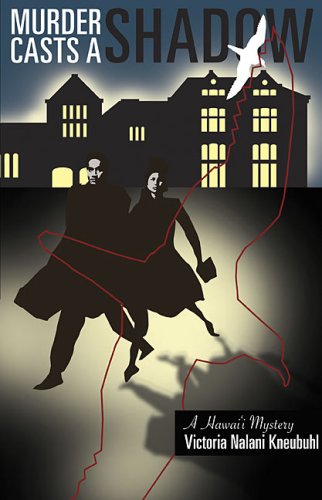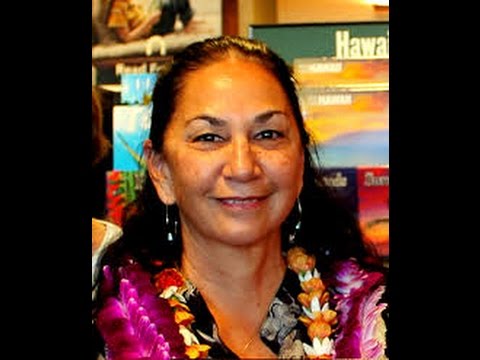Honolulu in 1934 is the setting. The British Museum lends a rare Hawaiian painting to the Bishop Museum and a curator accompanies it, himself part Samoan. There he meets a feisty woman reporter and they team-up.

Why?
Because the painting is stolen from the Bishop Museum during the gala reception on New Year’s Eve. But wait! There is more. The very unpleasant and unpopular director of the museum has been murdered.
Are the two crime connected? Apparently not, yet the coincidence is unlikely.
And later a third, historic crime comes to light which is related to the stolen portrait.
There is some to’ing and fro’ing in pre-war Honolulu and Waikiki along Ala Moana, the Pink Palace, and Lei’Ahi (Diamond Head to Haoles).
In the small world of 1934 Honolulu nearly all of the persons of interest are taking part in an amateur play and the curator and his gal-pal are, too. Just by chance the curator, in his spare time, is the playwright.
The time is right but there is no Charlie Chan in sight. Nor is there any mention of the sizeable military population at Pearl Ridge, Pearl Town, and Pearl Harbor. For the cognoscenti, Doris Duke began to build Shangri-la in 1936.
The dialog distinguishes the characters and the comments on the tropical flora and fauna are measured, enough to evoke but not so much as to labor. However, the pace is slow and the family’s relations are hard for this reader to grasp. But there is much description for its own sake, neither deepening the context nor integrated with the plot, i.e., clothes, room furnishings, store fronts, and food. As a result the pace is s l o w.
There is a satisfying array of suspects and much back-and-forth. Every scene is wordy. The author is a playwright and there is much, too much, dialogue from ordering coffee to the weather. I was hoping for more of the Bishop Museum, but despite its importance in the plot there was little compared to all the other description. Too bad, Bishop is one of our favourite places while on Oahu.
While philately provides a material incentive for a villain there is little about why the stamps in question are so valuable, compared to the many descriptions of decor. Note, a philatelist does not cut stamps off envelopes. Too crude.
 Victoria Nalani Kneubuhl
Victoria Nalani Kneubuhl
First in a series but not sure I want to press on.
I have been stockpiling Hawaiian krimis since our last visit in 2010. There are many set in Hawaii and my collection is modest.
Skip to content
